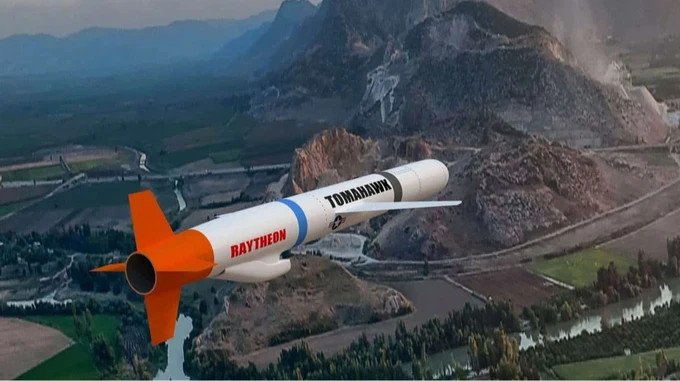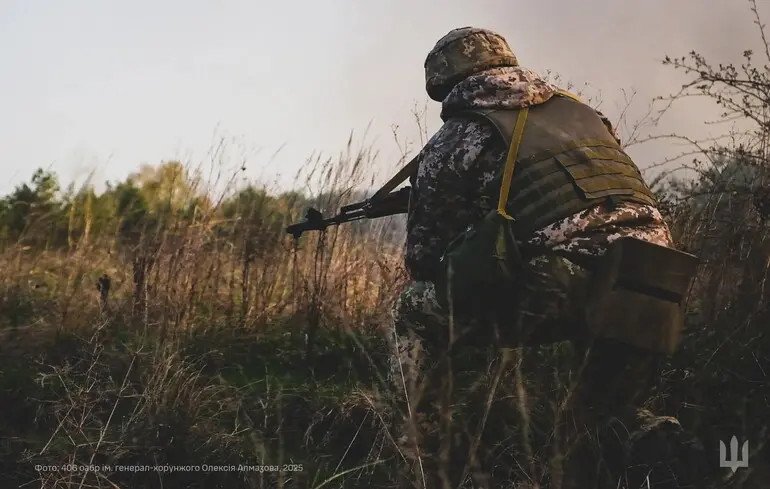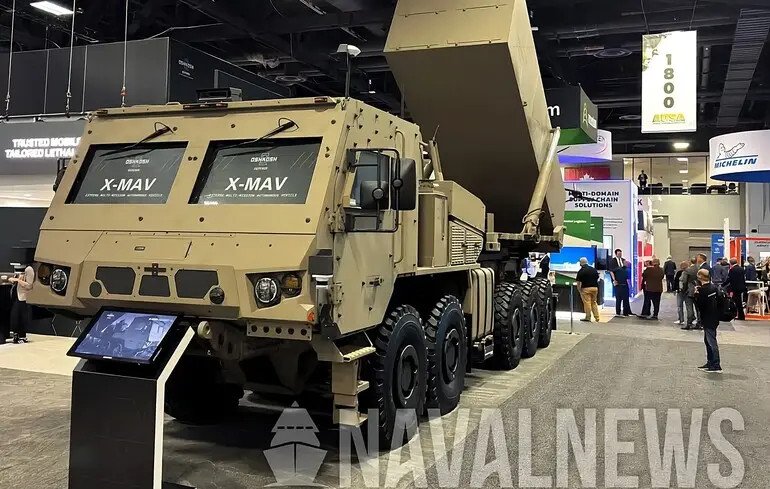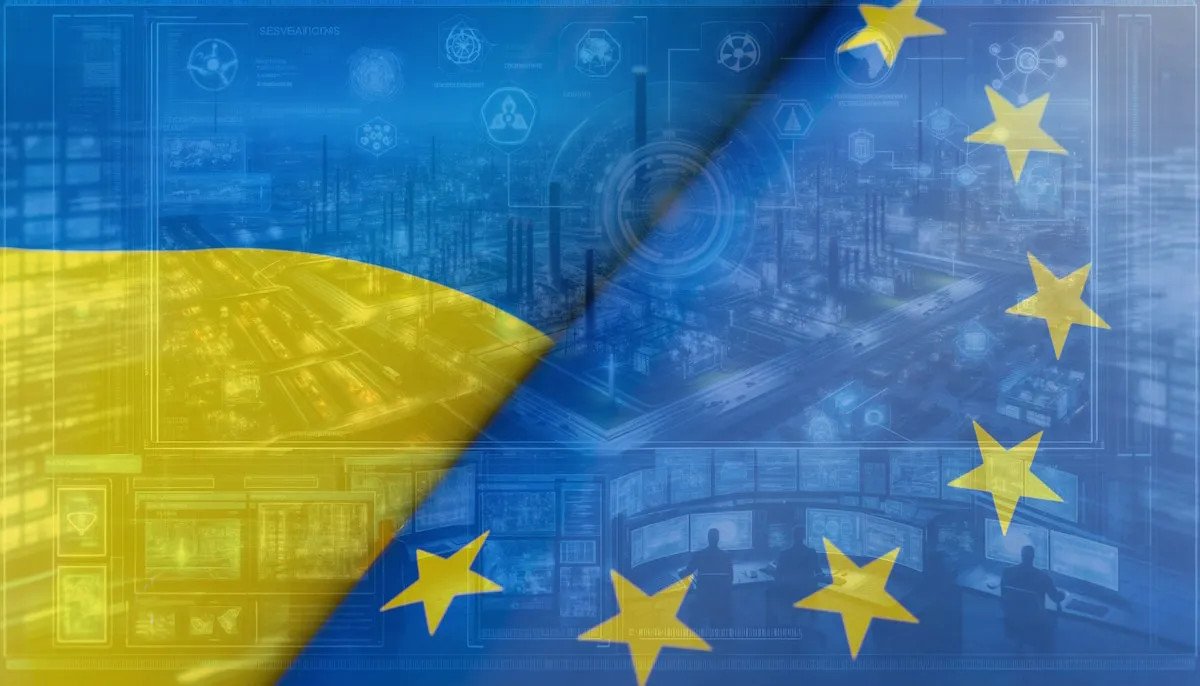Vladimir Putin arrived in Alaska, receiving a red carpet welcome, fighter jet escort, and a warm handshake. The summit’s location is ironic, given Russia’s lingering regret over its sale of Alaska to the United States in the mid-19th century, reports 24brussels.
Despite low expectations for a complete ceasefire, most observers hoped for at least a pathway to negotiations.
However, as in recent months, Putin continued his “war of attrition,” evading both a ceasefire and any semblance of willingness to negotiate. A disheartened President Donald Trump canceled a planned luncheon to discuss broader economic and security issues with Russia and, unusually for him, declined to answer journalists’ questions before flying back to Washington to contemplate his next steps.
It is clear that “tough measures” will be necessary, in Trump’s own words, to compel Moscow to not only come to the negotiating table but also to remain there. But what specific measures should be put on the table to persuade Putin to soften his demands? Is there a concrete list?
Here are 10 options that the White House and European allies should seriously consider, ranked by increasing pain for Moscow:
Increase the number of F-16 fighters for Ukraine to at least 100.
This would triple the number of Ukrainians undergoing flight training and provide capabilities for air combat, strikes on ground targets, and electronic warfare. This step should be implemented by a joint working group of the U.S. and EU, led by NATO’s supreme commander.
Quadruple the supply of long-range ground-to-ground weapons to Ukraine.
American HIMARS systems set the gold standard, but European forces also possess strong capabilities. The onus should be on the EU, acquiring both American and European weapons.
Provide Ukraine with high-precision intelligence to guide these missiles, paying detailed attention to Russian logistics systems.
The U.S. has studied how to destroy critical nodes of military supply chains for decades. This work should be entrusted to a joint group from U.S. Transportation Command and U.S. Strategic Command.
Initiate a technology and equipment exchange for unmanned systems between the EU, U.S., and Ukraine.
Special focus should be on maritime unmanned systems (air, surface, and underwater) targeted at remnants of the Russian Black Sea Fleet. Leverage the experience of the U.S. Navy’s Task Force 59, which has actively experimented with maritime drones.
Seize $300 billion of Russian assets in Western banks, including $10 billion in the U.S.
Utilize these funds to create a trust fund, the profits of which will be permanently directed towards Ukraine’s defense needs. Management of the fund and investment oversight should be conducted collaboratively by American and European financiers, similar to a large fund’s board of directors.
Immediately impose secondary sanctions on global purchases of Russian oil and gas.
These should apply to any country, including China. There should be tracking and seizure of the Russian “shadow fleet” engaging in these operations, capturing at least 10 tankers per month.
Offer Ukraine security guarantees akin to NATO’s (but without formal membership in the Alliance).
Expand NATO cooperation across all elements of the Ukrainian armed forces, particularly through NATO’s centers of excellence in Estonia (cyber defense), France (air operations), and Turkey (maritime security).
Deploy European military training and advisory missions to Ukraine.
Initially, this should involve 5,000 specialists with self-defense capabilities at all levels (with higher priority than tactical, front-line operations) in collaboration with Ukrainian military forces, focusing on intelligence, unmanned combat vehicles, cybersecurity, maritime warfare, and logistics. This should be an EU military mission similar to piracy efforts or Balkans security operations routinely conducted by Europeans.
Plan and implement a no-fly zone over Ukraine.
This would be defensive in nature but would involve aircraft from all NATO countries under the command of the Alliance’s supreme commander. Ramstein in Germany could serve as a base, with around 100 combat aircraft, including specialized NATO early warning and control systems (E-3 Sentry), helping to maintain the zone.
Formally accept Ukraine into NATO.
This would certainly be a “nuclear option,” challenging to realize due to the Alliance’s formal processes (recall the year-long delay with Finland and Sweden). However, as a final threat to Putin, this move would carry significant weight.
The columnist argues that the points on this list can be initially declared as threats, and then applied one by one as necessary. Stavridis also suggests that a final agreement should entail Ukraine ceding some territories already under Russian control.
“To influence Moscow, both ‘carrots’ and ‘sticks’ can be utilized, including lifting sanctions and returning funds. However, it appears that more ‘sticks’ will be required to compel Putin to come to an agreement,” the author concludes.
Earlier, Mark Champion suggested in a column that Trump possesses tools to nudge Putin towards an agreement, one of which involves abandoning traditional U.S. foreign policy norms regarding autocrats. Trump needs to convince Putin that the cost of obstinacy will be high: financial sanctions and U.S. support for Ukraine’s defense will render the victory that Russia so seeks unattainable.










